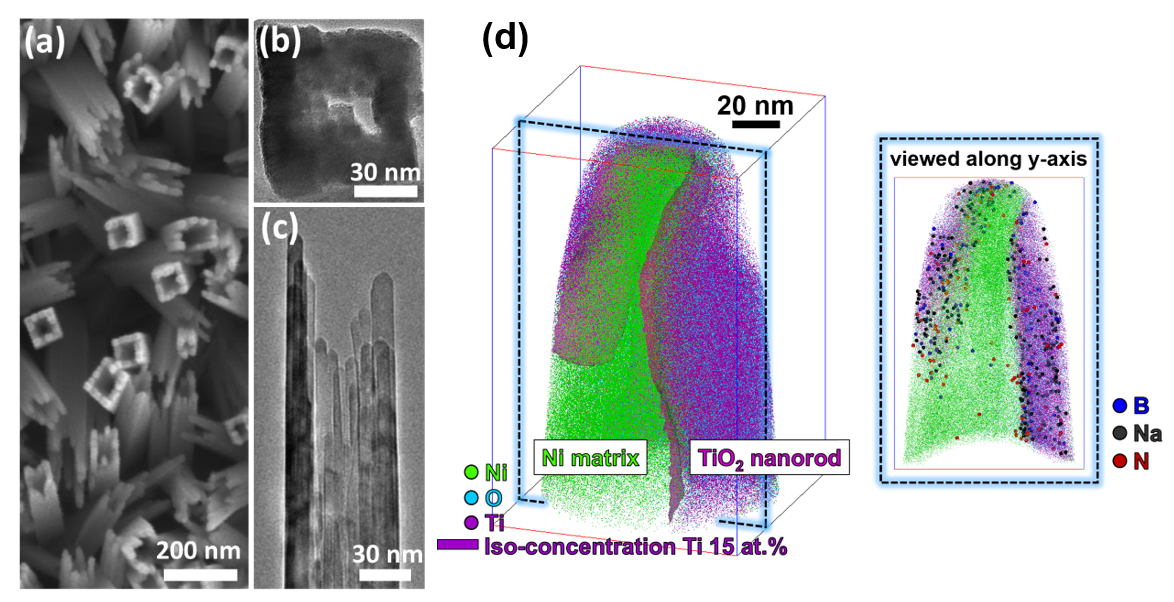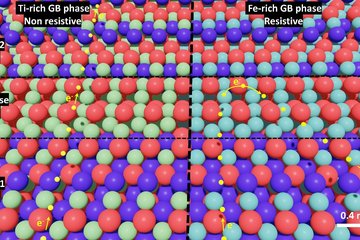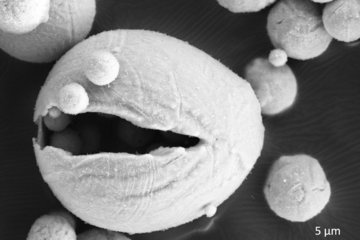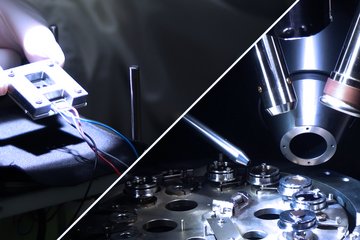Exploring individual Nanostructures Chemistry using Atom Probe Tomography
This project targets to exploit or develop new methodologies to not only visualize the 3D morphology but also measure chemical distribution of as-synthesized nanostructures using atom probe tomography.
During past few decades, nanostructures including nanoparticles, nanosheets, nanowires have attracted a lot of interest from the scientific community due to their unique properties originating from their small size (less than 100 nm). Various synthesis and growth approaches have been proposed with a clear aim to tune or enhance their functional properties. Trace impurities and/or dopants play a key role in controlling e.g. band-gap, conductivity, and catalytic activity or selectivity. Therefore, it is crucial to explore the elemental distribution in 3D at the near-atomic-level to understand the influence of impurities (dopants) on the properties. However, identification and qualification of trace elements are extremely challenging for freestanding nanostructures.
This project targets to exploit or develop new methodologies to not only visualize the 3D morphology find application in the hydrogen economy, including photocatalysts and electrocatalysts. Some of the approaches we are exploring can also be relevant to biological applications.
In two examples of our recent work, performed jointly with the NC group, we successfully quantified but also measure chemical distribution of as-synthesized nanostructures using atom probe tomography. Of particular interest to me, because of the framework of the ERC-Shine project, are nanostructures that and located (un)intentionally doped elements within as-synthesized nanostructures, in this case nanowires and nanosheets of a 2D material. We showed how synthesis results in an uncontrolled integration of various species from reactant chemicals that can affects the activity of nanoparticles.
Our work provides reliable information and contribute to improved understanding of the relationships direct linking composition to properties of nanostructures, that can be fed back to design higher-performing materials.













